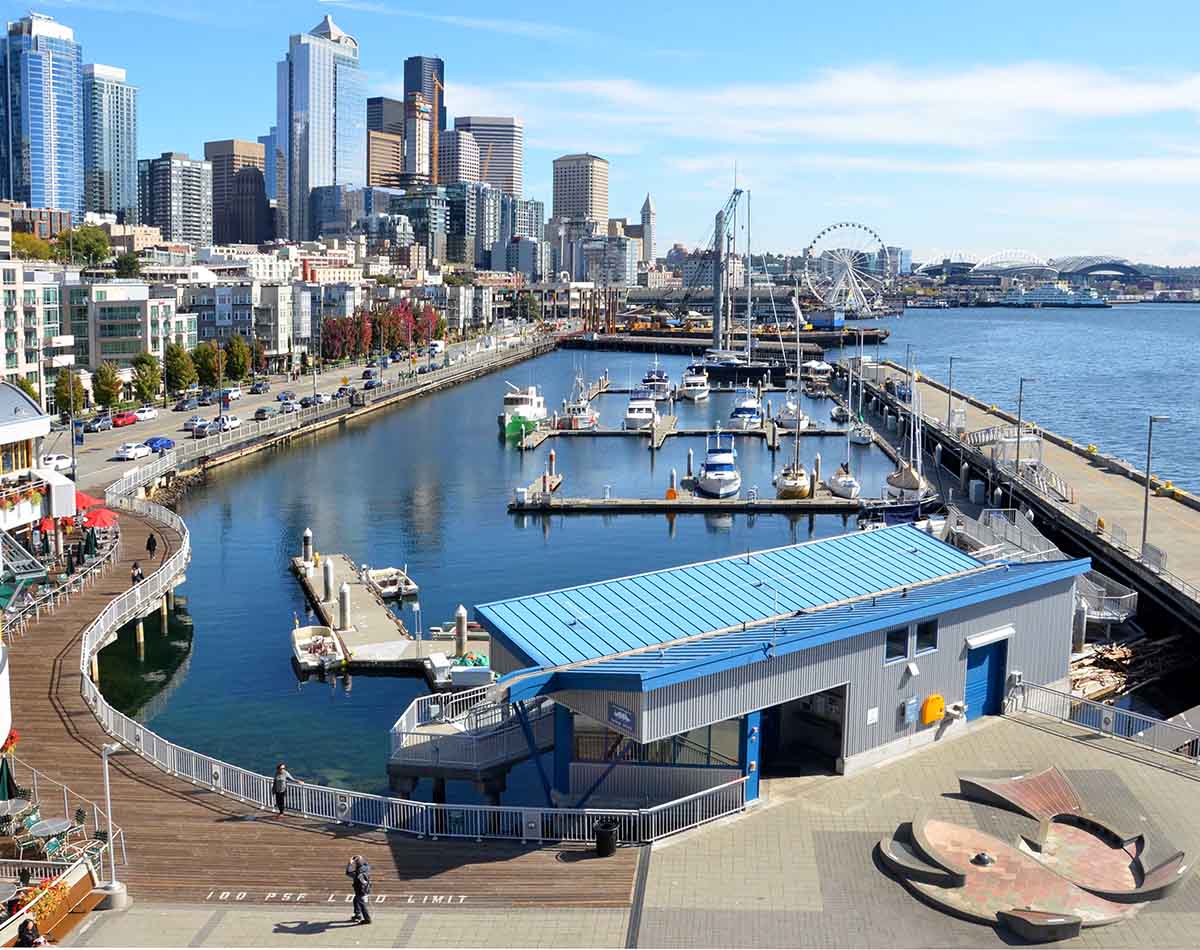The Architecture Blueprint for Logistics Software: Monolith, Microservices, or Modular?
Key Points
- Your architecture decision is a business strategy, not just a tech choice.In logistics, architecture for logistics software directly impacts scalability, integration, uptime, and total cost of ownership—making it a strategic call with long-term consequences.
- Monoliths, Microservices, and Modular Monoliths all serve different growth stages. Monoliths are great for early MVPs, Microservices shine at enterprise scale, and Modular Monoliths offer a flexible balance ideal for growing logistics platforms.
- Modular Monoliths are often the best fit for logistics startups. They enable fast deployment, domain clarity, and future scalability—without the operational chaos of full microservice architecture.
Architecture for logistics software isn’t just about moving cargo — it’s about orchestrating complexity across systems, fleets, warehouses, regulations, and real-world chaos.
That’s why the architecture you choose will either set your platform up for dominance — or doom it to technical debt.
The wrong call leads to brittle integrations, unscalable systems, and spiraling dev costs.
The right one? A platform that moves freight, people, and data like clockwork.
So how do you decide between Monolith, Microservices, or a Modular Monolith?
Let’s break it down — with lightning, not lorem ipsum.
Architecture Isn’t Just Tech — It’s Strategy
In logistics, architecture isn’t a developer’s concern — it’s a business decision with technical consequences. Why?
Because your TMS, fleet platform, or warehouse system needs to:
- Scale across regions and roles;
- Integrate with telematics, GPS, ERPs, CRMs, and customs systems;
- Handle spikes in usage during peak season;
- Support real-time dashboards, APIs, and legacy weirdness — all at once;
And the architecture determines how fast, secure, and cheap all of that becomes.
Option 1: The Monolith — Underrated and Battle-Tested
Don’t let Twitter fool you — monoliths still work. Especially for early-stage or single-vertical logistics platforms.
Pros:
- Easier to build and deploy;
- Shared memory — no inter-service latency;
- Simpler dev environments;
- Ideal when business logic is tightly coupled.
Cons:
- Scaling is all-or-nothing
- Harder to isolate failures
- Slower to iterate once the system grows
Use Monolith when:
- You’re building a vertical MVP (e.g., fleet only, warehouse only)
- You need to launch fast with one team
- Your logic is domain-tight (e.g., delivery planning + dispatch)
We’ve seen 7-figure TMS platforms run profitably for years on a single well-built .NET monolith.
Option 2: Microservices — When Scale Demands Autonomy
Microservices are powerful. But also — expensive. You’ll need DevOps, observability, API contracts, distributed tracing, and service discovery… just to not implode.
Pros:
- Tech stack freedom per service;
- Independent deployment and scaling;
- Isolation improves resilience;
- Enables global, cross-team dev operations.
Cons:
- Complexity explodes fast
- Harder local dev setups
- Versioning hell if not managed tightly
Use Microservices when:
- You’re operating across multiple logistics domains (fleet + warehouse + client portal;)
- Teams work in parallel and need autonomy;
- Uptime and isolation are non-negotiable;
- You plan for global scale and multi-tenancy.
We’ve built systems for enterprise 3PLs that use microservices to decouple planning, tracking, reporting, and billing — letting teams ship features without stepping on each other.
Option 3: The Modular Monolith — The Zeus of Architecture
Here’s the middle ground that most logistics companies actually need.
The Modular Monolith keeps your system in one deployable unit, but splits logic into well-isolated domains (e.g., FleetModule, WarehouseModule, ClientPortal).
You get many of the benefits of microservices — without the chaos.
Pros:
- Clear domain boundaries = scalable codebase;
- Simple deployment;
- Easier to refactor into microservices later;
- All the speed of monolith + most clarity of microservices.
Cons:
- Requires team discipline;
- You still share memory and DB;
- Not as “cloud-native sexy” on paper.
Use Modular Monolith when:
- You want long-term scalability but short-term speed;
- You’re preparing for future service decomposition;
- You have cross-domain flows, but centralized infra.
According to TwinCore, a software engineering firm with deep experience in freight and supply chain tech, starting with a modular monolith allows logistics platforms to move fast while preserving a clear domain model — and split into services later, when justified by scale or domain complexity.
Their logistics architecture expertise often supports clients through these transitions seamlessly.
Logistics Realities That Shape Your Architecture
Before you architect, answer this:
- Will your system run in 1 country or 10?
- Will you integrate with 2 partners or 20?
- Is your SLA 3 seconds or 300ms?
- How often do business rules change?
- Will your clients want their own branded portals?
Architecture isn’t about what’s trendy — it’s about what survives the freight, the drivers, the warehouse team, and the compliance department.
Final Word: Architecture Is a Weapon
Choosing the right architecture for logistics software is not a matter of personal preference or trend-chasing — it’s a deliberate, high-impact decision that shapes how well your platform performs, scales, and adapts to change.
A tightly scoped monolith can accelerate time-to-market and reduce complexity when speed is critical.
Microservices offer autonomy and scalability when managing large, distributed domains with multiple engineering teams.
A modular monolith, for many, provides the pragmatic middle ground — enabling clear separation of concerns without the operational overhead of distributed systems.
The key is to align your architecture with business realities: operational scale, integration needs, domain volatility, and the pace of expected change.



















